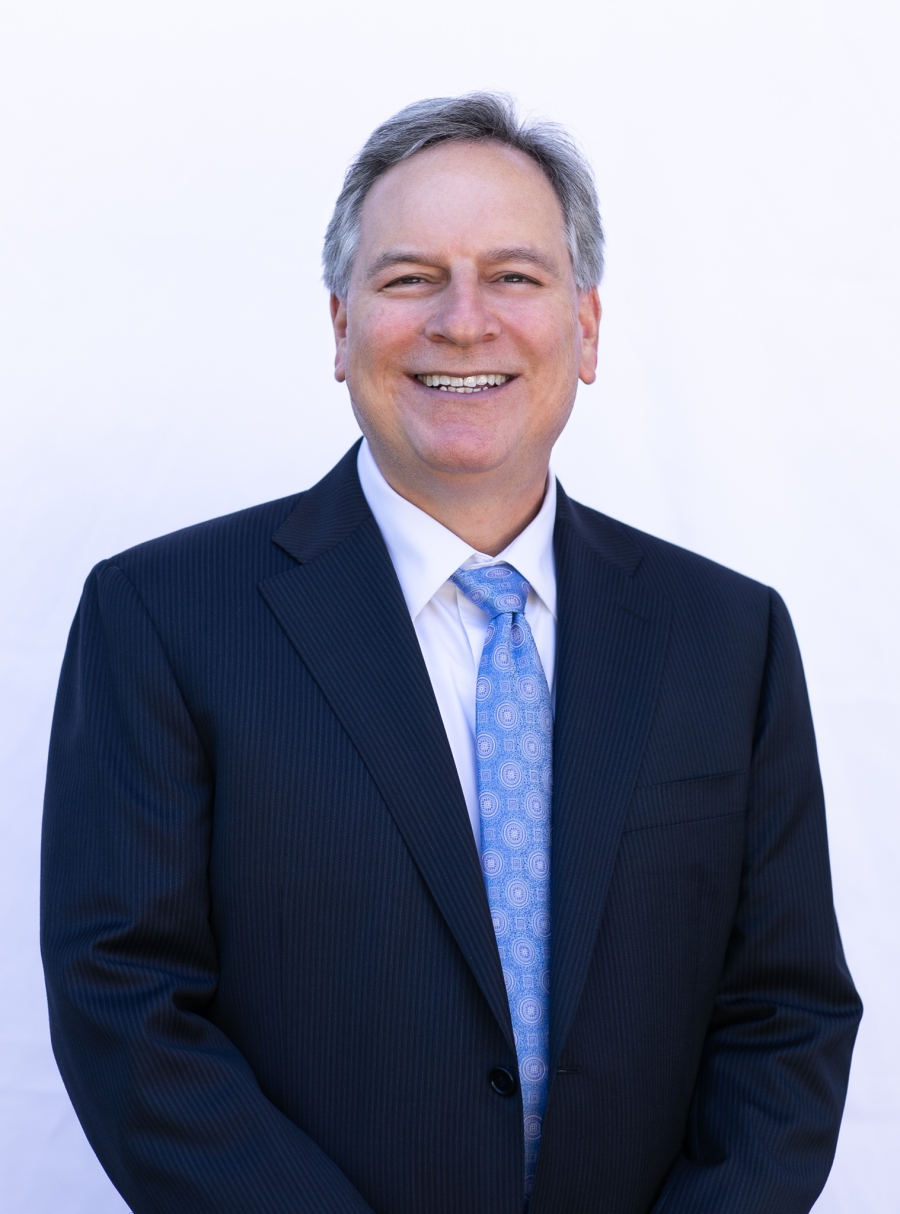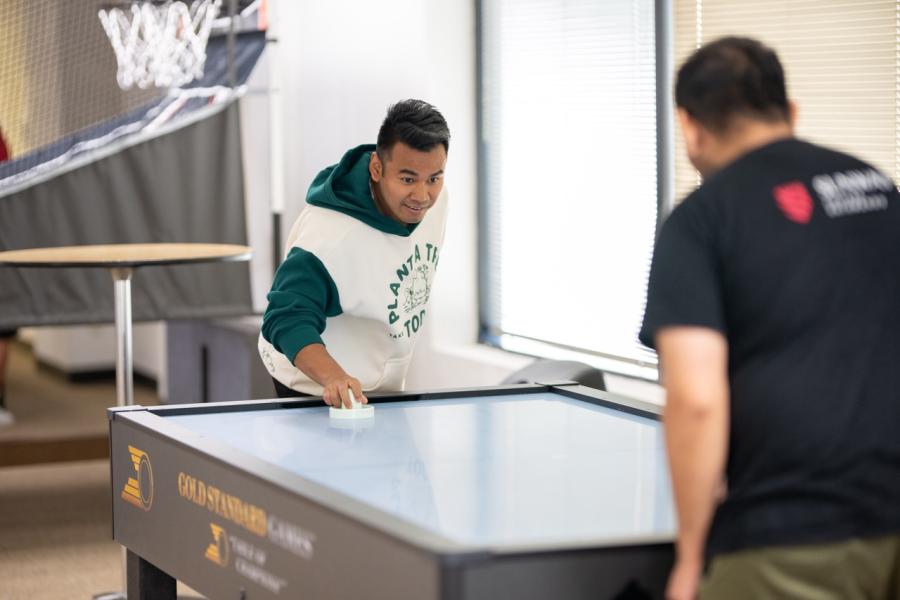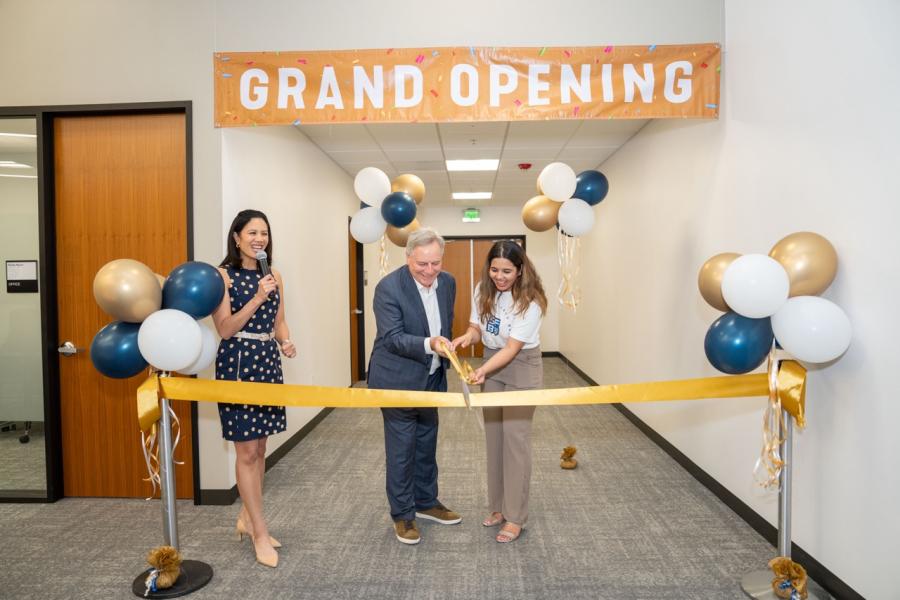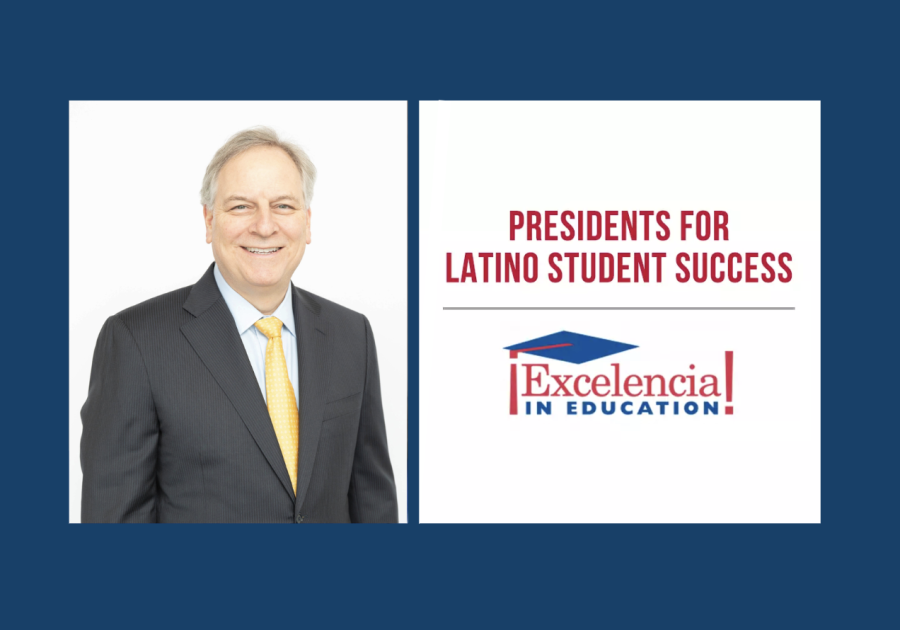Come to the Student Success Hub every Wednesday during the semester from 1 - 2 p.m. for yoga! Relax, unwind and be present. Yoga...
President Nicholas Ladany, PhD, is the 4th president of San Francisco Bay University. Dr. Ladany brings an extensive background in higher education, with over 30 years of experience working with and leading institutions nationwide. He became president in June 2023.
Before joining SFBU, Dr. Ladany served as President of Oglethorpe University in Atlanta, Georgia, where he achieved remarkable success in increasing enrollment to record levels, overseeing the development of the university’s strategic plan, and launching various diversity initiatives. Under his leadership, Oglethorpe University successfully strengthened its finances, as well as student support, retention, and graduation.
Before his tenure at Oglethorpe, Dr. Ladany held numerous prestigious positions, including Dean and Associate Provost at the University of San Diego, Dean at Santa Clara University, and professor at Lehigh University, Temple University, and the University of Maryland.
Under Dr. Ladany, SFBU is embarking on a new phase of expansion for its academic programs, curriculum and enrollment.
SFBU's leadership team + mission







